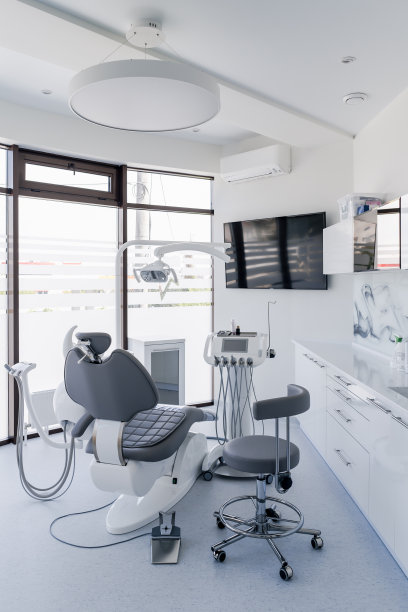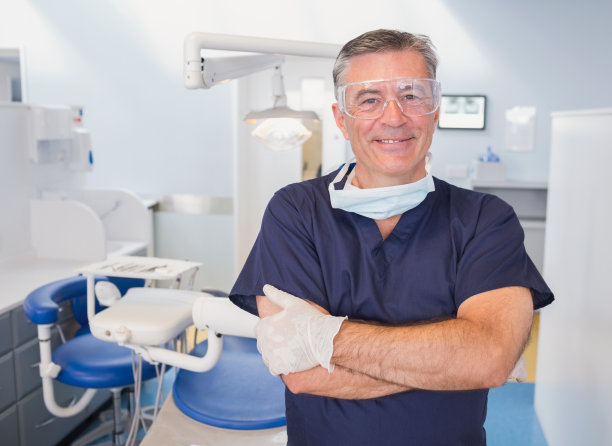Revolutionizing Smile Restoration Through Advanced Dental Implant Treatment Techniques and Innovations for Optimal Patient Satisfaction
Summary: The article explores the revolutionary advancements in dental implant treatment techniques and innovations that have transformed smile restoration. With a focus on optimal patient satisfaction, it discusses four critical aspects: the evolution of dental implants, cutting-edge technology integration, personalized treatment plans, and post-treatment care enhancements. By diving deep into these areas, the article highlights how contemporary dental practices are not only restoring smiles but also significantly improving patients overall quality of life. This comprehensive overview aims to provide insights into how these innovations contribute to successful treatment outcomes and enduring patient satisfaction.
1. The Evolution of Dental Implants

The journey of dental implants has seen tremendous advancements over the past few decades. Early implants were rudimentary, relying chiefly on mechanical retention without considering the biological aspect of bone integration. By contrast, contemporary implants utilize titanium, a material recognized for its biocompatibility, fostering better integration with the jawbone. This has made implants more durable and effective for long-term use.
Moreover, the design of dental implants has evolved significantly. Modern implants are crafted to mimic the natural tooth structure more closely. They often come in various shapes and sizes to accommodate different anatomical needs and preferences. This evolution ensures that patients receive implants that fit seamlessly, both functionally and aesthetically.
As a result of these advancements, the success rates for dental implants have soared. Many clinical studies indicate survival rates exceeding 95%, which speaks volumes about the reliability and effectiveness of today’s dental implant technology.
2. Integrating Cutting-Edge Technology in Dentistry
One of the most significant influences on smile restoration is the integration of cutting-edge technology in dental practices. Digital imaging techniques, such as cone beam computed tomography (CBCT), allow for precise evaluation of the patients oral anatomy. These advanced imaging modalities facilitate better planning and placement of dental implants.
Additionally, computer-aided design/manufacturing (CAD/CAM) technology has revolutionized how dental restorations are created. Dentists can now design and produce custom prosthetics quickly and accurately, enhancing the fitting and appearance of the final restoration. This integration not only improves the clinical workflow but also leads to higher patient satisfaction.
Finally, the use of guided implant surgery is reshaping the procedural landscape. This technique allows implants to be placed with increased accuracy, minimizing trauma to surrounding tissues and promoting faster recovery. With well-planned procedures, patients benefit from less anxiety and discomfort, further elevating their overall experience.
3. Crafting Personalized Treatment Plans
Understanding that each patient has unique needs is integral to successful smile restoration. Personalized treatment plans are essential for tailoring the dental implant experience to involved patients’ specific conditions and preferences. Comprehensive assessments that consider both the functional and aesthetic requirements lead to more effective outcomes.
Engaging patients in discussions about their goals is crucial. This collaborative approach fosters trust and comfort, allowing the dental team to address any concerns, including anxiety related to procedures. By setting realistic expectations and clearly explaining the steps involved, dental professionals can enhance patient satisfaction throughout the treatment process.
Moreover, ongoing monitoring and adjustments to the treatment plan based on patient responses ensure that every individual receives the best care possible. This commitment to personalization allows for optimal results and ultimately contributes to a more fulfilling patient experience.
4. Enhancing Post-Treatment Care and Support
Post-treatment care is an often-overlooked aspect of dental implant procedures that significantly impacts patient satisfaction. Educating patients on proper oral hygiene practices after implant placement helps ensure long-term success. Clear guidance on what to expect during recovery is paramount for mitigating concerns that may arise.
Follow-up appointments also play a vital role. Regular check-ups allow dental professionals to monitor the integration of the implant and the overall health of the surrounding tissues. Prompt intervention in case of complications can lead to better outcomes, reinforcing positive patient experiences.
Furthermore, the emotional support provided by dental teams aids in the healing process. Combining clinical expertise with compassion fosters a supportive environment where patients feel they are valued and cared for, leading to increased satisfaction and improved quality of life post-treatment.
Summary:
In conclusion, the landscape of smile restoration has been substantially transformed through advanced dental implant treatment techniques and innovations. These advancements have not only improved the effectiveness of implant placements but also prioritized optimal patient satisfaction. As technology continues to evolve and more personalized approaches take center stage, patients can expect a more comfortable, reliable, and satisfying experience throughout their journey.
This article is compiled by Vickong Dental and the content is for reference only.



